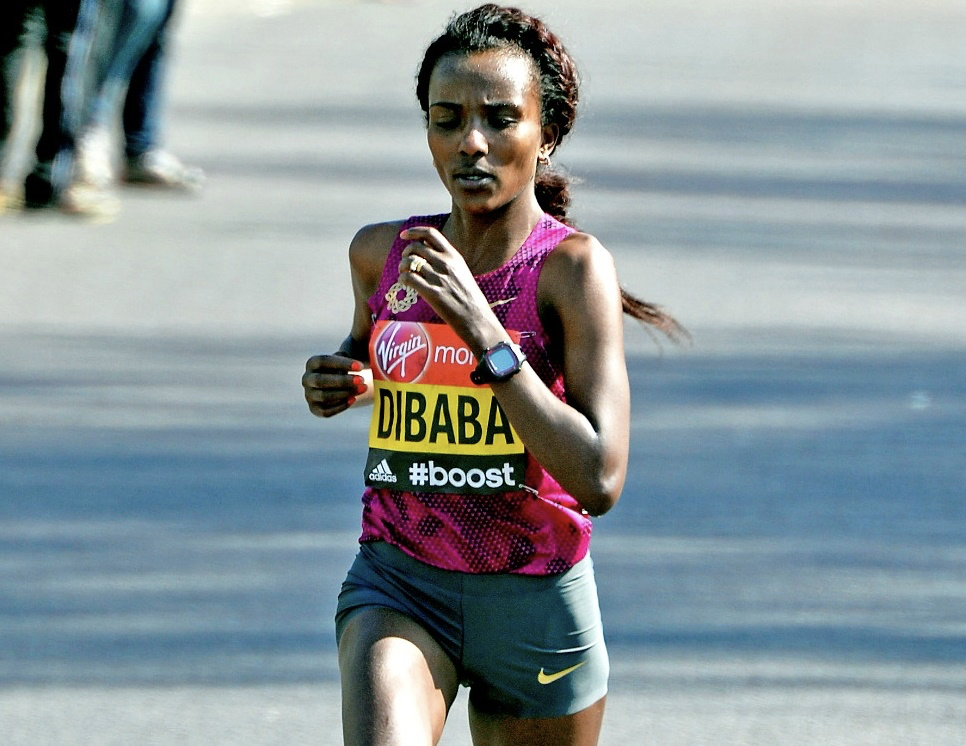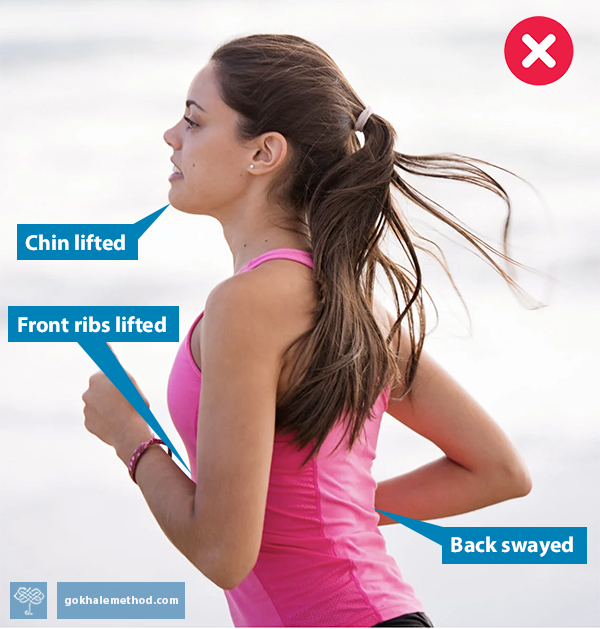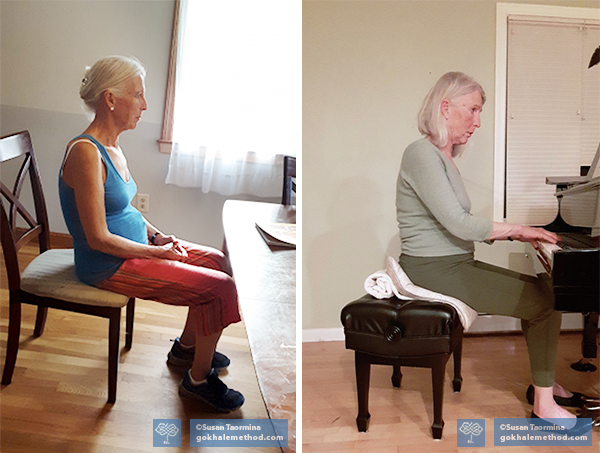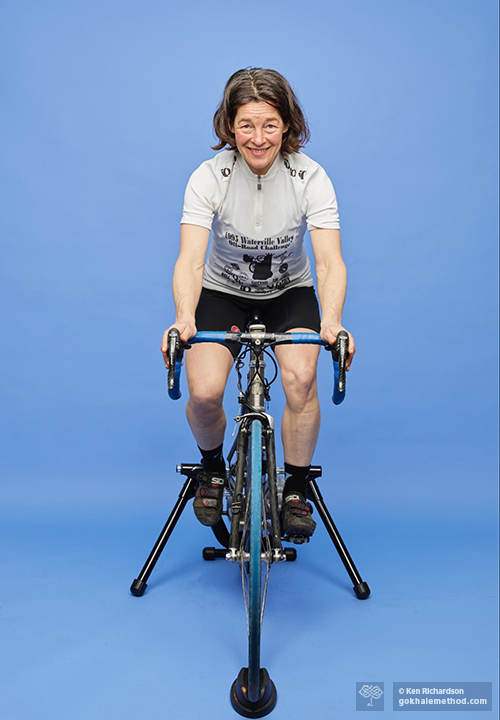Gliderunning: Part 6: Upper Body
Gliderunning: Part 5: Anteverted Pelvis
Susan’s Success Story
Five Posture Tips to Power Your Cycling
How Joan Baez Got Her Booty Back at Age 79
Posture Differences in Elite and Plebeian Ancient Egyptians
This famous bust of Nefertiti (c. 1370 – c. 1330 BC) exhibits a forward-protruded head. Original image courtesy Wikipedia user Philip Pikart under CC-BY-SA 3.0.
In my travels, I enjoy visiting museums. In a concentrated space and in a short few hours, I am able to travel back in time and over large distances, and compare people from different cultures. What a remarkable gift from the craftspeople of the past!
Many museums have a well-developed Egyptian collection. The Egyptians’ expertise in preserving their dead as well as the dry Egyptian climate has yielded a bounty of specimens from the distant past. Egyptian artifacts are often spectacular and modern audiences are drawn to Egyptian
“I’ve Been as Lucky as I’ve Been Unlucky:” Cynthia’s Story
“I would do anything for Esther. She’s the epitome of goodness.” Like many Gokhale Method students local to the Bay Area, Cynthia deeply values her personal relationship with Esther. Cynthia is 72 years old and a native Californian. Her husband, Charlie, is also a native Californian, and they love their home state.
Cynthia has always valued being in good shape and pursuing outdoor activities. She started backpacking after she got her undergraduate degree in Spanish. She continued backpacking while teaching Spanish, and during a backpacking trip in the Canadian Rockies, she realized she actually wanted to be a geologist. She had with her a book on local geology, and says that “the exposure of
How to Choose a Bike Seat for Good Posture (Part 2)
In our part 1 blog post on the topic of bikes, we went over how to find the right frame for you. The next important step is to find the right seat for your body and your bike, since without a decent seat you may be uncomfortable, or may find it challenging to have healthy posture. Your seat should distribute your weight across regions comfortably; it should have padding, but not so much that it lacks support and stability; it should be set at an angle that allows your pelvis to antevert (that is, tip forward relative to the angle of your spine.) A good seat is crucial whether you prefer to be upright and stacksit, or if you prefer a racing style with a hiphinge. Here’s what you need to know
How to Ride a Bike with Good Posture (Part 1)
Most people, when they ride a bike, tuck their pelvis so the rear portion of their sitz bones rests on the seat. Then they lean over to reach the handlebars causing a lot of spine curvature. With the additional tension created from pushing the pedals and holding the handlebars, and the bouncing and jostling from the road, riding a bike this way can be a painful and harmful activity.
Many modern bike riders look like Mr. Bean when they ride a bike, sitting with an unnaturally curved spine.
Each of these modern-day bikers has a rounded spine and craned neck. Image courtesy John Matrix at bikelist.org.
With a few adjustments, riding a bike can be a harmonious and healthful activity. By using hiphi
Sitting: Is It Hurting You?
Sitting has been much maligned in the last decade. News sources love to dramatize the issue, and you can find many alarming headlines—such as, “Sitting will kill you, even if you exercise” from CNN in 2015. The debate about the various risks of sitting and possible ways to mitigate them is raging, and articles and research range from “sitting is the new smoking” to “sitting isn’t actually bad for you.”
Sitting: is it bad for you?
In the last few years, some research has seemed to backtrack or qualify the fears of the past, making a distinction between sitting for work versus sitting in front of the TV; news articles have begun to note the higher risks of sitting for those who are obese or






